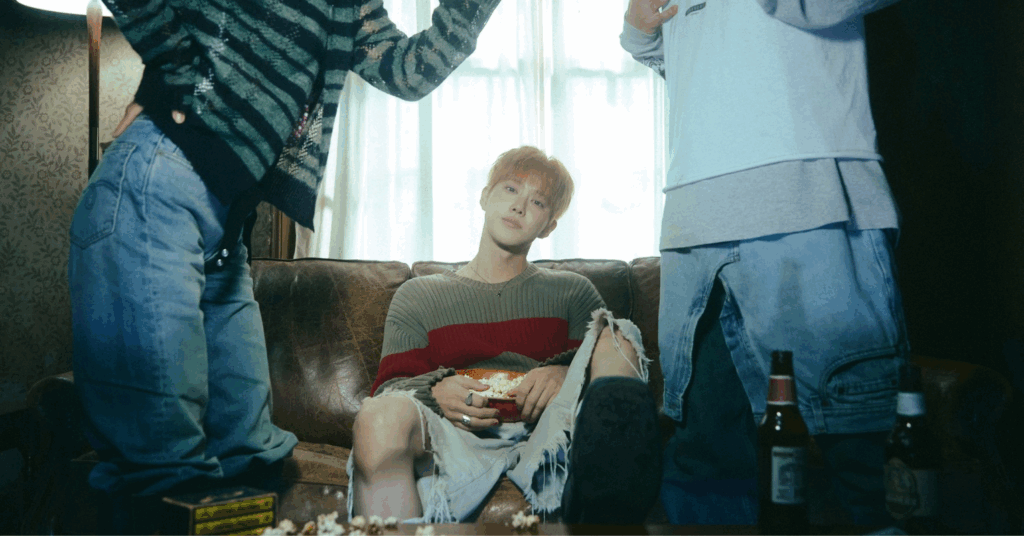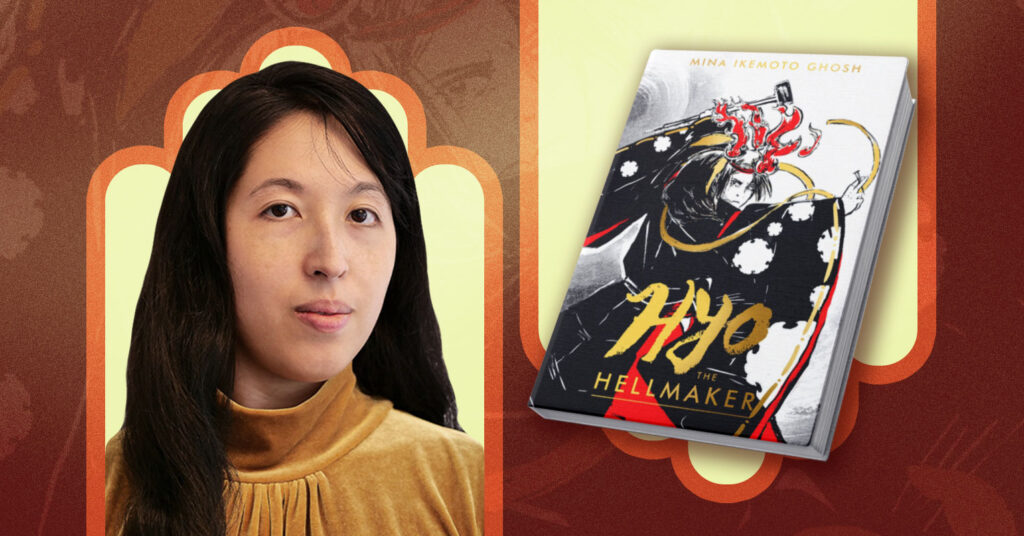Creative Spotlight: SuapSuapan Is A Love Letter To Comforting Acts Of Feeding And Nourishing
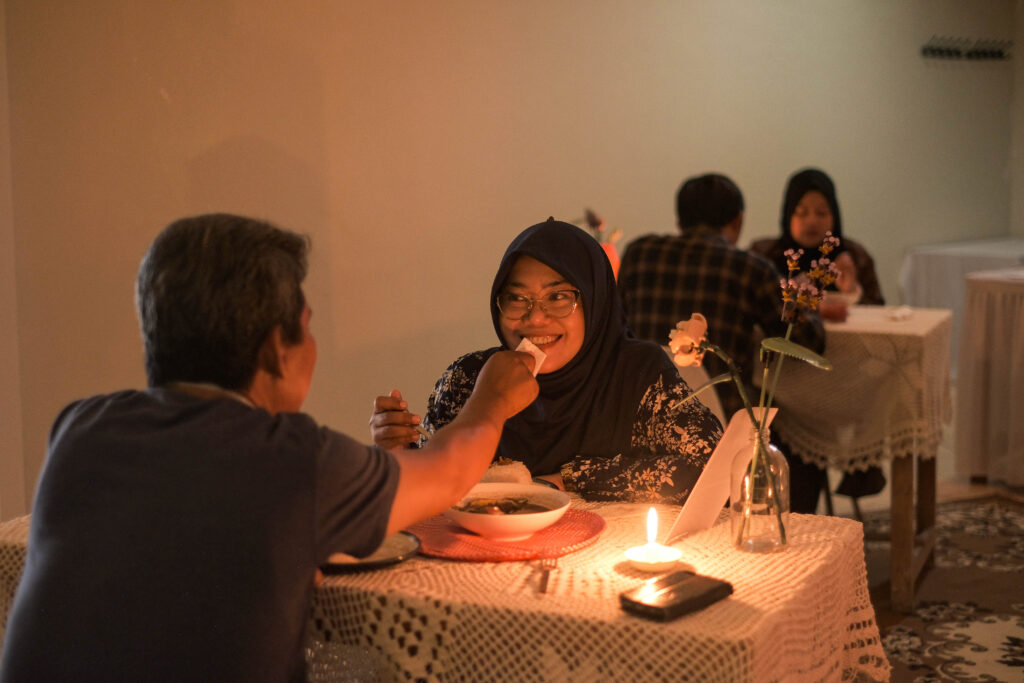
Indonesian gastronomy initiative SuapSuapan takes its name from the Indonesian word suap, meaning “to feed.” Used here, the word goes beyond a simple act of giving food – suap embodies a gesture of intimacy, care, and warmth often shared between loved ones. Through this practice, feeding becomes more than nourishment; it transforms into a tender exchange that speaks of trust, affection, and connection. In this creative spotlight installment, EnVi spoke online to Haiza Putti and Rhea Laras, initiators of SuapSuapan, about the tenderness that circles around the act of suap.
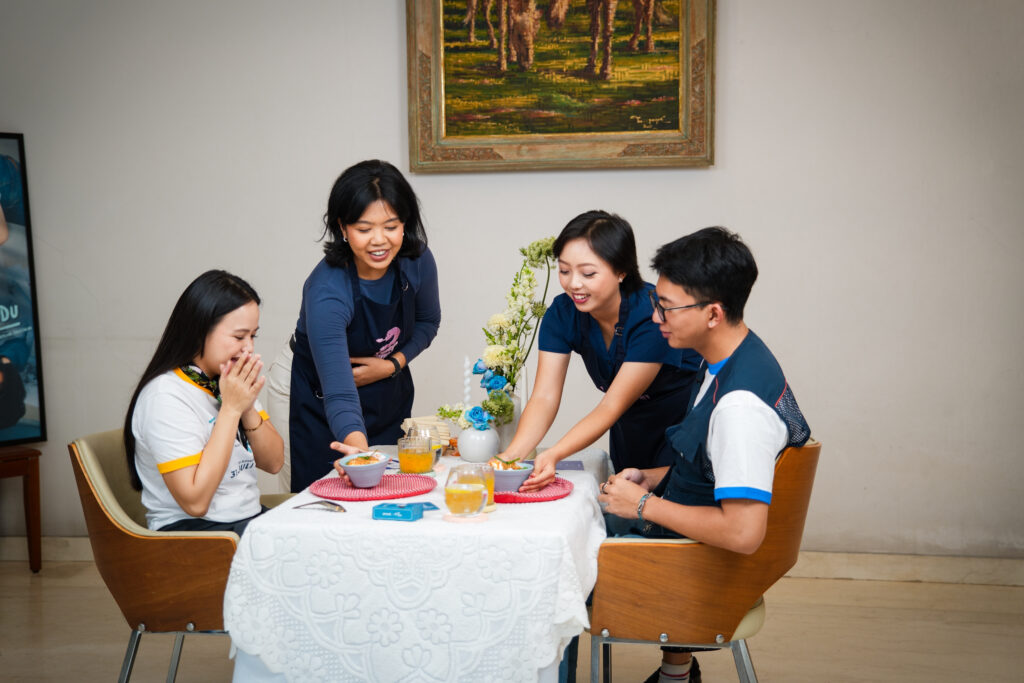
Born Out Of Spoon-Fed Love and Home-Cooked Meals
The SuapSuapan Project was initiated by artist and amateur cook Haiza Putti and Rhea Laras, respectively. The project was born out of their shared fascination with the act of being “fed” and the emotional power of a home-cooked dish.
As children, many people are spoon-fed by their caregivers because they are not yet able to feed themselves. For Putti and Laras, this ritual evokes a sense of safety, comfort, and intimacy when reintroduced in adulthood.
“At its essence, SuapSuapan is an initiative that hopes to spark meaningful conversations in various ways – most importantly through the act of feeding one another. For us, suap-suapan carries a sense of safety and comfort, as it is deeply tied to the memories of our childhood,” Putti shared.
Beyond that, home-cooked meals – or comfort food – carry the ability to deepen those feelings. Whether tied to childhood memories or simply through the ingredients used and the way they are prepared, such dishes create a lasting sense of warmth and ease.
SuapSuapan is a participatory (interactive) art project that invites people to engage in a new kind of experience. At its core, it centers on the act of feeding one another (suap-suapan), using this intimate gesture as a way to foster closeness between “pairs” and open space for deeper conversations. A SuapSuapan pair may be someone familiar – such as a family member, friend, or partner – or even a complete stranger.
The Love That Surrounds
“At the most basic level, our essential needs are clothing, food, and shelter. Food, in particular, is something inseparable from life itself. That’s why Laras could so confidently say, ‘everyone must have been fed at some point,’” Putti mentioned.
From Putti’s perspective, certain habits naturally form around food. From her perspective, it is common for children to be carried in a batik sling in the late afternoon, given little snacks, and then fed dinner afterward. Even children past the toddler age often continue to be fed by their caregivers, creating a closeness that leaves a lasting imprint. While she is unsure how these practices unfold in other parts of the world, Putti’s conversations with Laras have led her to believe that the way people eat often reflects daily life – and daily life is inseparable from culture.
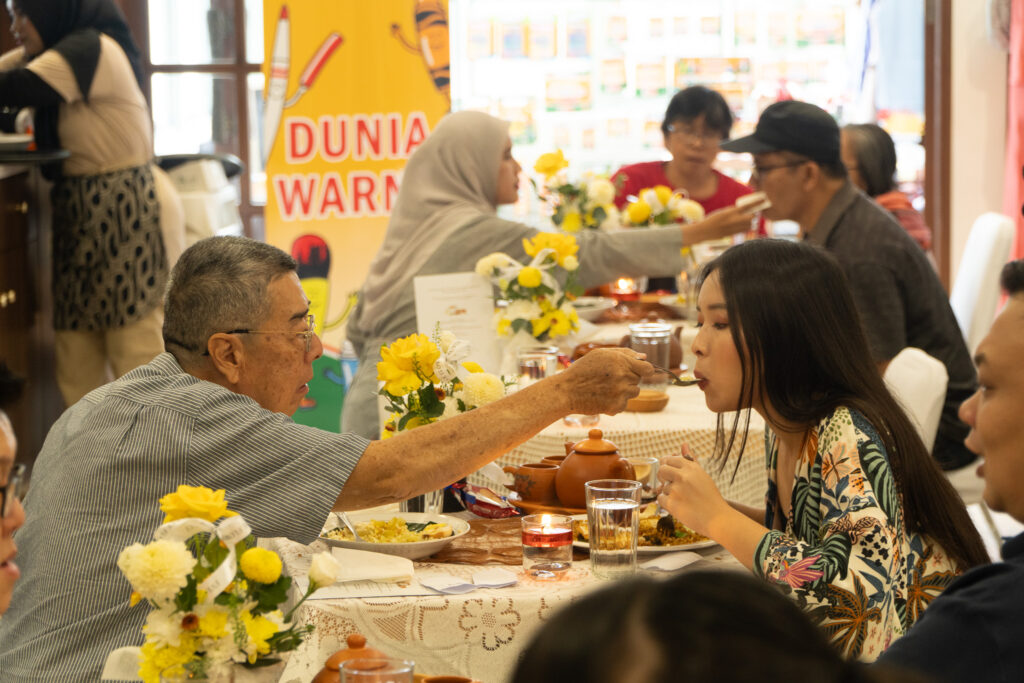
On a broader level, Putti also feels that the gesture of feeding one another is something deeply Indonesian – perhaps even Southeast Asian, or Asian more broadly. “Interestingly, quite a few SuapSuapan participants have shared that even today, they are still regularly fed by their parents or grandparents. For them, it’s simply an act of love,” she added.
Laras added that, in her view, SuapSuapan is not limited to the literal act of suap-suapan. Rather, the gesture of feeding or being fed is something that naturally occurs in every human life. Everyone passes through a phase of complete dependence as a baby, unable to do anything on their own, before gradually learning independence as they grow. For both Laras and Putti, this gesture of feeding represents an act of affection and care from a caregiver toward a small, helpless human being. Over time, it may become a subconscious memory of having once been cared for in this way.
“If we look at it from the perspective of Indonesian culture, in Javanese wedding ceremonies – or maybe in other traditions too – there’s often a suap-suapan session as part of the ritual. So, from a cultural standpoint in Indonesia, that might be one example. But if we look at it more broadly, internationally, the gesture of feeding and being fed is really just an organic act that naturally appears at every milestone of human growth. That’s how I see it,” Laras added.
SuapSuapan’s Memorable Moments
Each SuapSuapan event has taken place in a different setting. For Putti and Laras, nearly every session has been memorable. Through participant reflections, they discovered how the act of suap-suapan could open unexpected insights and connections. Past themes have ranged from family and parenthood to the climate crisis and encounters between refugees and local communities, leaving lasting impressions on both the artists and participants.
“Participants themselves often become more aware of the little details in everyday life. For example, someone realized that their partner can only eat if the spoon is positioned directly in front of their mouth – not tilted. Another noticed that their partner prefers having more rice than side dishes, and so on. These small details are revealed because during suap-suapan, participants have no choice but to communicate with one another in order to make the act of feeding comfortable and enjoyable for both,” Laras shared.
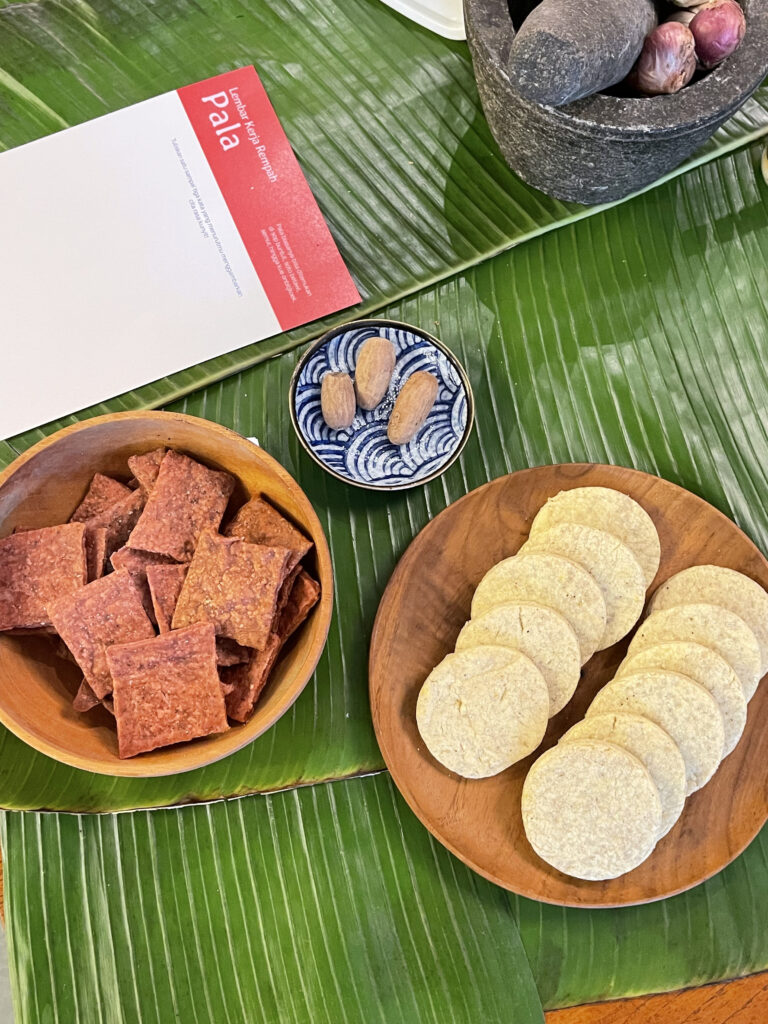
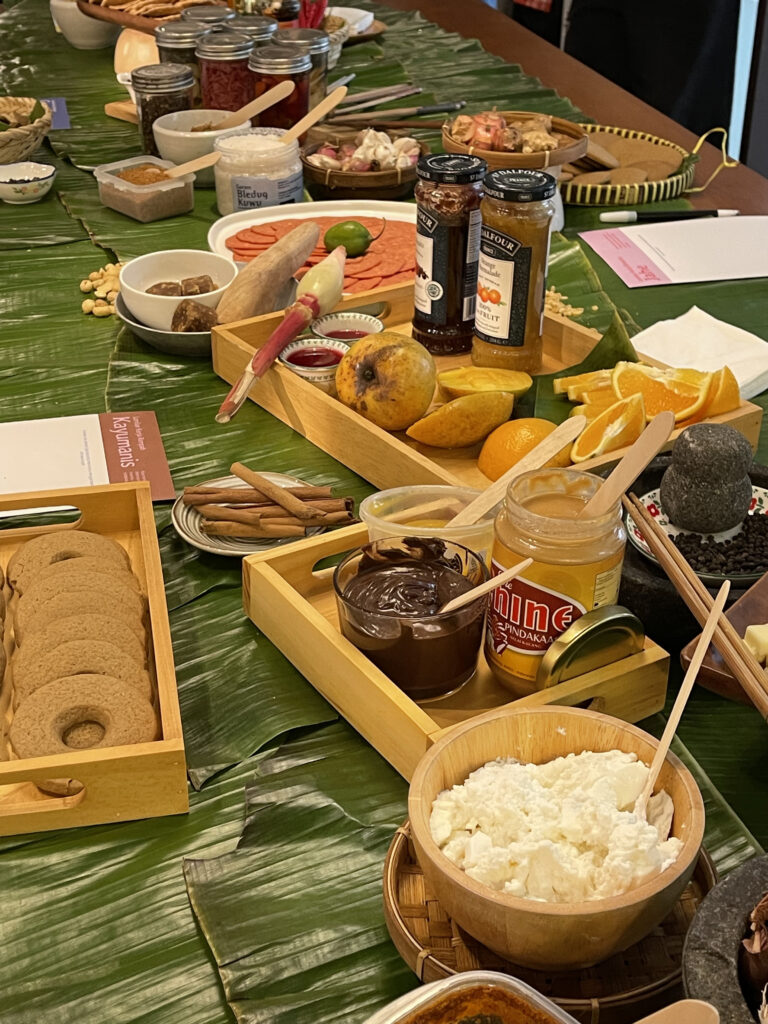
For Putti, the most memorable moments are often the firsts – the first SuapSuapan, the first discussion, and the first collaborations. What lingers most, however, are the SuapSuapan discussions, which have allowed her and Laras to engage more deeply with participants.
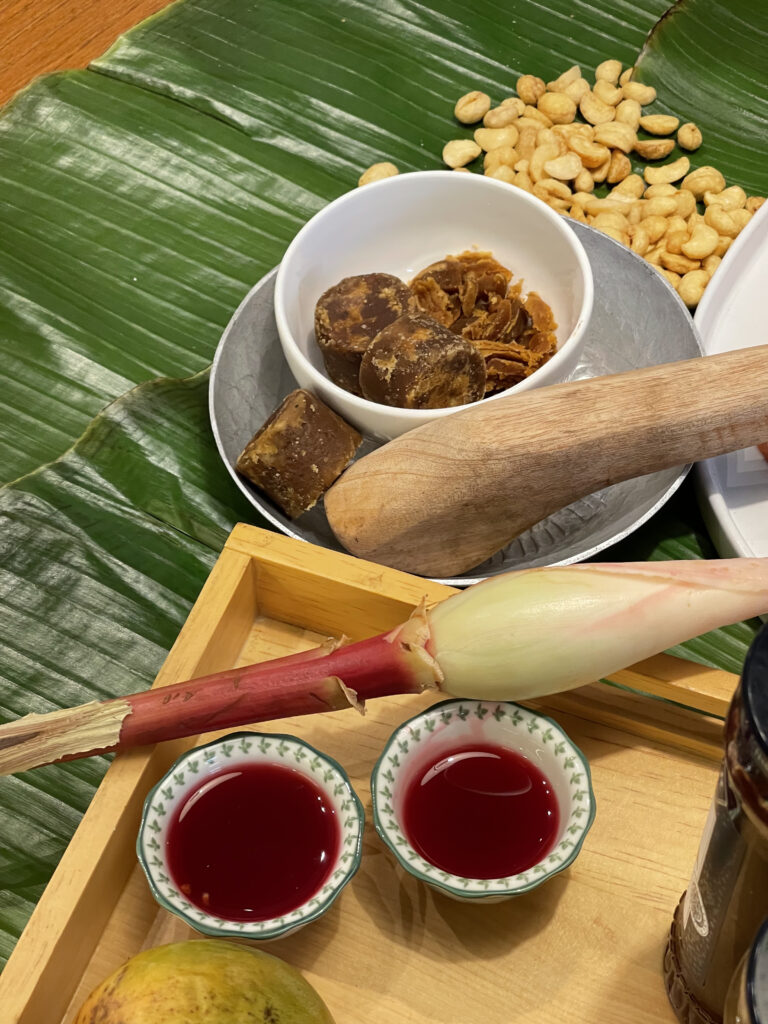
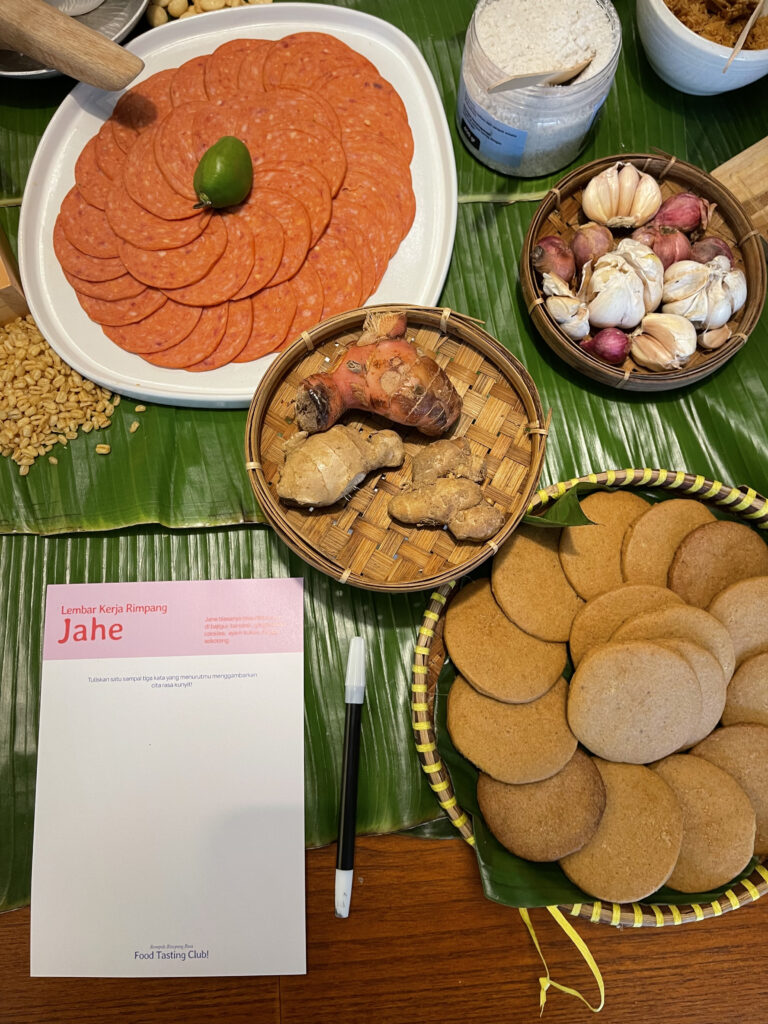
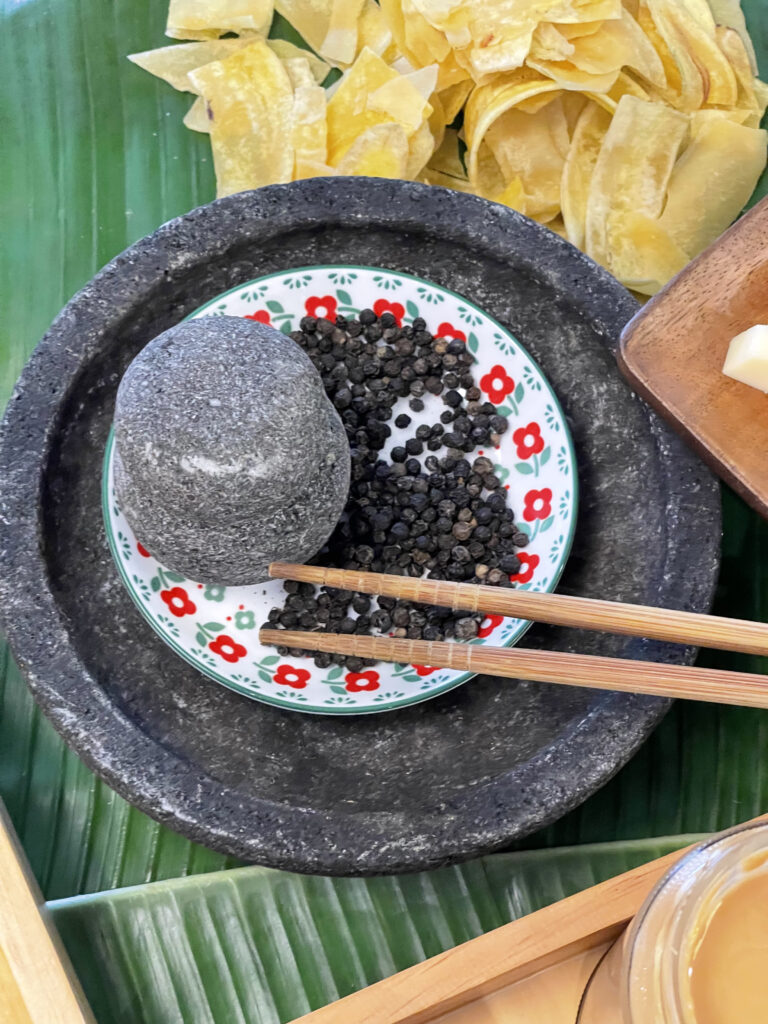
“Personally, though, what stays with me the longest are definitely the SuapSuapan discussions. Even though there haven’t been that many yet, each one has given Rhea and me the chance to talk more deeply with participants,” Putti said. “It felt like SuapSuapan was not only about us creating a space, but also about participants opening up space for us in return, giving us the chance to learn even more from their diverse perspectives. That, for me, is unforgettable.”
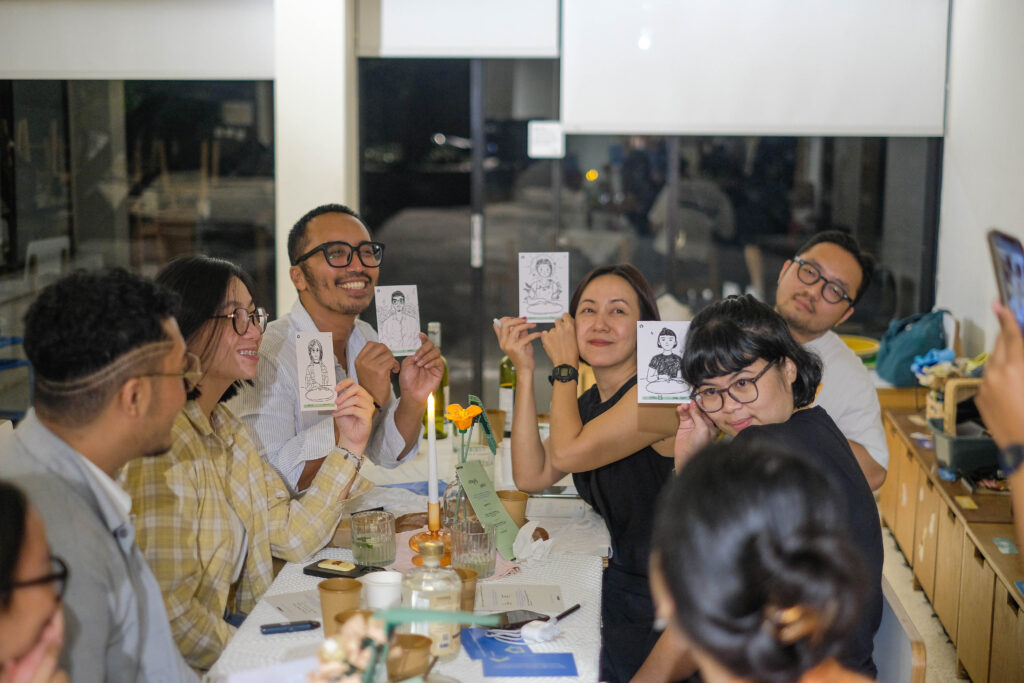
SuapSuapan is active on Instagram. Follow their page to learn more about the project!
Curious about the art exhibition scene in New York? Check out EnVi’s piece on the UNSEEN Exhibition here!
